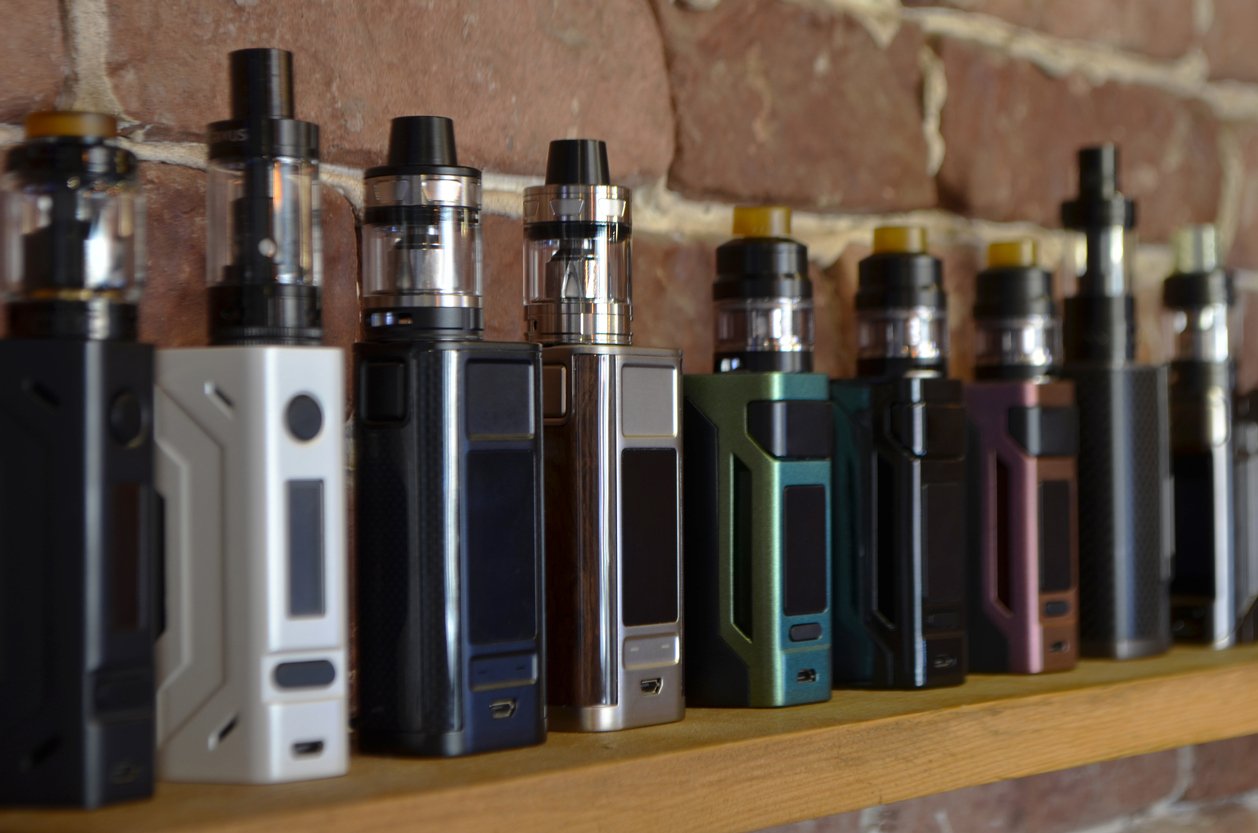How To Find The Right Vaping?
Vaping is the act of inhaling and Exhaling the aerosol, usually known as vapor, which is produced by an e cigarette or similar gadget. The term is used because ecigarettes tend not to produce cigarette smoke, but instead an aerosol, often confused for water vapor, so that consists of particles. A number of those particles contain varying quantities of toxic compounds, which have been linked to logic vape cancer, as well as respiratory and cardiovascular illness.
Vaping includes:
Generally, a vaping apparatus Includes a Mouthpiece, a battery, a cartridge for containing the e-liquid or ejuice, and a heating component for the system that’s powered with a batterypowered. After the device is properly used, the battery warms the heating component, and then turns the contents of their e-liquid into an aerosol that is inhaled into the lungs then exhaled.
The e-liquid in vaporizer products generally comprises Propylene glycol or vegetable glycerin-based liquid using smoking, chocolate, as well as other chemicals and metals, however, not tobacco. Some folks use they to vape THC, the chemical responsible for all of bud’s side effects effects, or maybe synthetic drugs such as flakka, instead of smoking.
The newest and most popular vaping merchandise is that the JUUL, which is a small, sleek device that looks like a computer USB flashdrive. Its subtle design makes it easy to cover up, which will help explain why it has gotten so popular with middle and higher school students. It is available in a number of enticing flavors like crème brûlée, mango, and good fresh fruit medley.
Every JUUL product contains a higher dose of smoke, with 1 pod or capsule capsule containing roughly precisely the exact same quantity of nicotine as a whole package of cigarettes growing body of evidence indicates that vaping products could be dangerous. Despite premature optimism whenever the products came to the market in late 2000s, health advocates today recommend caution in using these in light of growing evidence suggesting that their risks, particularly to young people, reevaluate their benefits.
